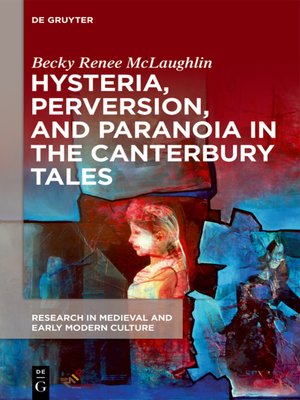Hysteria, Perversion, and Paranoia in "The Canterbury Tales"
ebook ∣ "Wild" Analysis and the Symptomatic Storyteller · Research in Medieval and Early Modern Culture
By Becky Renee McLaughlin

Sign up to save your library
With an OverDrive account, you can save your favorite libraries for at-a-glance information about availability. Find out more about OverDrive accounts.
Find this title in Libby, the library reading app by OverDrive.



Search for a digital library with this title
Title found at these libraries:
| Loading... |
Beginning with the spectacle of hysteria, moving through the perversions of fetishism, masochism, and sadism, and ending with paranoia and psychosis, this book explores the ways that conflicts with the Oedipal law erupt on the body and in language in Chaucer's Canterbury Tales, for Chaucer's tales are rife with issues of mastery and control that emerge as conflicts not only between authority and experience but also between power and knowledge, word and flesh, rule books and reason, man and woman, same and other – conflicts that erupt in a macabre sprawl of broken bones, dismembered bodies, cut throats, and decapitations. Like the macabre sprawl of conflict in the Canterbury Tales, this book brings together a number of conflicting modes of thinking and writing through the surprising and perhaps disconcerting use of "shadow" chapters that speak to or against the four "central" chapters, creating both dialogue and interruption.






